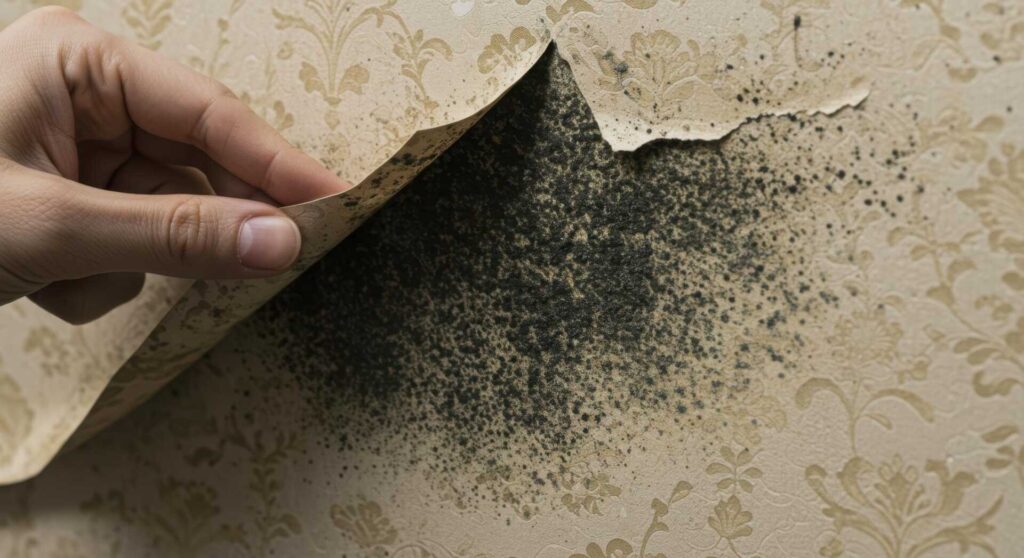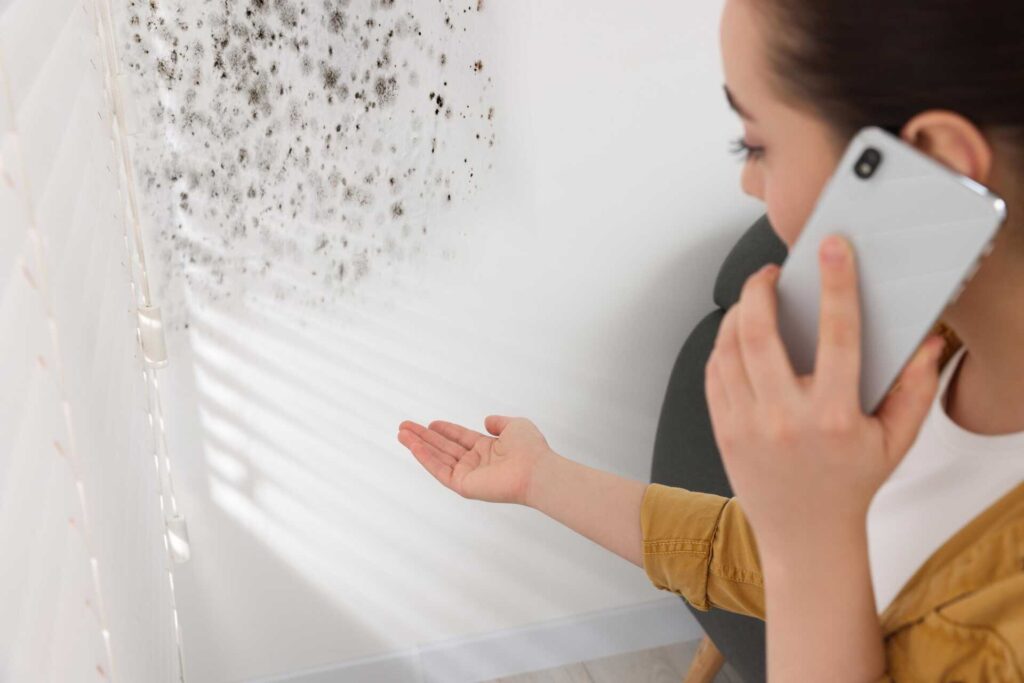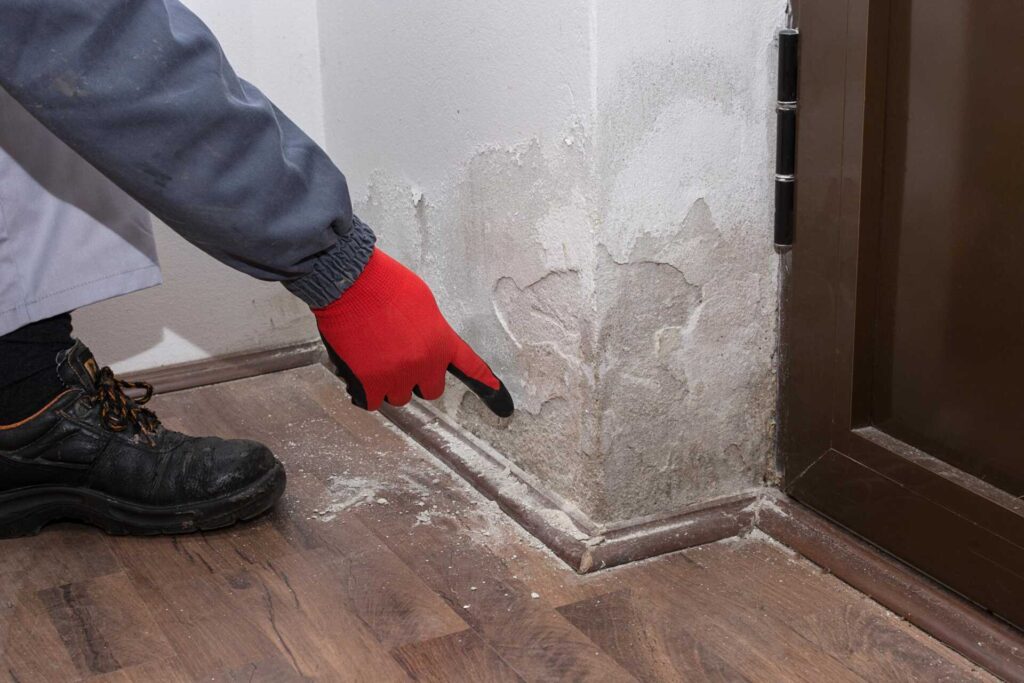
Contents
After experiencing water damage, it’s essential to address mold issues promptly to protect both your property and health. You’ll need to identify and assess the extent of mold growth, implement effective cleanup and disinfection procedures, and restore conditions to prevent future outbreaks. Each step requires attention to detail and a strategic approach. Understanding the best practices can make all the difference in ensuring a safe environment. Let’s explore these fundamental strategies further.
Key Takeaways
- Conduct a thorough inspection to identify mold growth in areas affected by water damage, focusing on hidden spaces.
- Remove contaminated materials and clean hard surfaces with a detergent solution to eliminate visible mold.
- Disinfect cleaned areas with a bleach solution to kill remaining mold spores effectively.
- Address underlying moisture issues by fixing leaks and improving ventilation in high-humidity areas.
- Use dehumidifiers and mold-resistant coatings to prevent future mold growth in vulnerable spaces.
Identify and Assess the Extent of Mold Growth
How can you effectively identify and evaluate the extent of mold growth in your home?
Start by conducting a visual inspection, focusing on areas with previous water damage, such as basements, bathrooms, and under sinks. Look for discoloration, fuzzy patches, or a musty odor—these are clear indicators of mold presence.
Next, use a moisture meter to measure humidity levels in affected areas. Ideal indoor humidity should be between 30% and 60%. If readings exceed this range, mold growth is likely.
Don’t forget to check hidden areas, like behind wallpaper or within wall cavities, as mold can thrive out of sight.
Lastly, consider professional mold testing if you suspect extensive growth. This ensures you accurately diagnose the problem and take appropriate action.
Implement Effective Cleanup and Disinfection Procedures
Once you’ve identified the extent of mold growth, it’s vital to implement effective cleanup and disinfection procedures to prevent further contamination.
Start by gathering the right materials and confirming your safety with protective gear. Follow these steps:
Remove Contaminated Materials: Dispose of any porous materials, like carpets or drywall, that are heavily infested with mold. Seal them in plastic bags to avoid spreading spores.
Clean Hard Surfaces: Use a mixture of water and detergent to scrub mold off non-porous surfaces. After cleaning, disinfect the area with a solution containing at least 1 cup of bleach per gallon of water.
Dry Thoroughly: Confirm all affected areas are completely dried to minimize moisture, which fosters mold regrowth. Use fans or dehumidifiers as needed.
Restore and Prevent Future Mold Growth
To ensure long-term success in mold remediation, you must focus on restoration and prevention strategies that address underlying moisture issues.
Start by thoroughly inspecting your property for hidden leaks and fix any plumbing problems immediately. Assure proper ventilation in areas prone to humidity, like bathrooms and kitchens, to reduce moisture levels. Consider using dehumidifiers in damp spaces; they can greatly lower humidity and inhibit mold growth.
After restoration, apply mold-resistant coatings to vulnerable surfaces, especially in basements and attics.
Regularly clean and maintain gutters to prevent water accumulation, and check for signs of mold frequently. If you notice any musty odors or discolored spots, act quickly to remediate before it escalates.
Finally, educate your family or team about mold prevention practices, fostering a culture of vigilance and care in maintaining a mold-free environment.
Final Thoughts
Addressing mold after water damage isn’t just about restoring your space; it’s about safeguarding your health and well-being. By swiftly identifying mold growth, implementing thorough cleanup, and enhancing ventilation, you’re tackling the immediate issue and preventing future occurrences. Coincidentally, this proactive approach can lead to a healthier living environment, allowing you to breathe easier and live more comfortably. Remember, a clean, dry home is a happy home.

